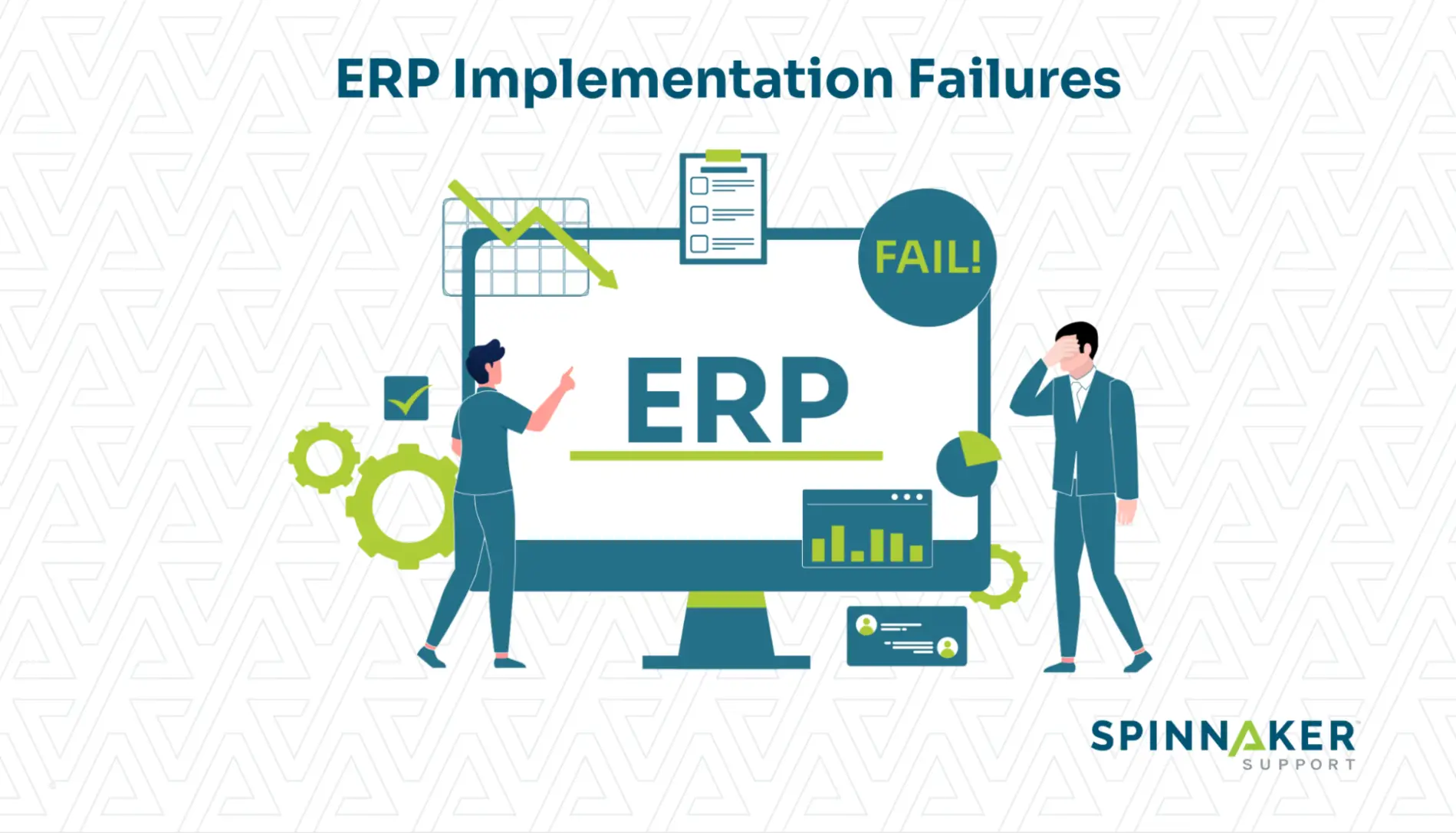
Enterprise resource planning (ERP) systems allow companies to centralize disparate processes. By unifying departments, you can streamline workflows, eliminate data silos, and improve collaboration.
However, if your ERP implementation goes wrong, the consequences can be disastrous. So what causes ERP implementations to fail? What lessons can you learn to prevent similar instances?
In this article, we’ll look at the top 5 ERP implementation failures. We’ll examine the causes behind these failures and how to avoid similar mistakes when rolling out an ERP system.
Top 5 ERP implementation failures
ERP systems offer comprehensive business management features, but a tool so robust must naturally be complex. This increases the challenge of implementation, especially for under-resourced teams working on tight timelines.
Below are our top 5 examples of ERP implementation failures. For each, we’ll explain what happened and describe the financial losses that each company faced.
1. Hershey Company
The Hershey Company is one of the world’s largest chocolate manufacturers, with over $11 billion in annual revenue. Hershey’s decided to implement a new ERP to modernize their supply chain, but poor planning and inadequate testing resulted in over $100 million in losses.
What happened?
The company wanted to upgrade its legacy IT systems before Y2K — a programming bug expected to damage computer systems as they transitioned from 1999 to 2000. However, this meant accelerating the timeline from 48 months to 30 months.
Project leaders had to cut corners to meet the deadline. As a result, numerous technical issues that should have been addressed during testing slipped through the cracks.
Another mistake that Hershey’s made was timing the go-live date during Halloween, one of the chocolate maker’s busiest times of the year. Employees weren’t given enough time to learn the new system adequately.
Finally, Hershey’s attempted to deploy three technologies at once:
- SAP’s R/3 ERP software
- Manugistic’s supply chain management (SCM) software
- Seibel’s customer relationship management (CRM) software
Taking a “Big Bang” approach created even more problems for Hershey’s. So, how bad was the ERP implementation?
Financial losses
Despite having most products available, Hershey’s couldn’t fulfill $100 million of orders from Kiss and Jolly Ranchers. The company reported $150 million in losses for the third quarter of 1999 compared to the previous year.
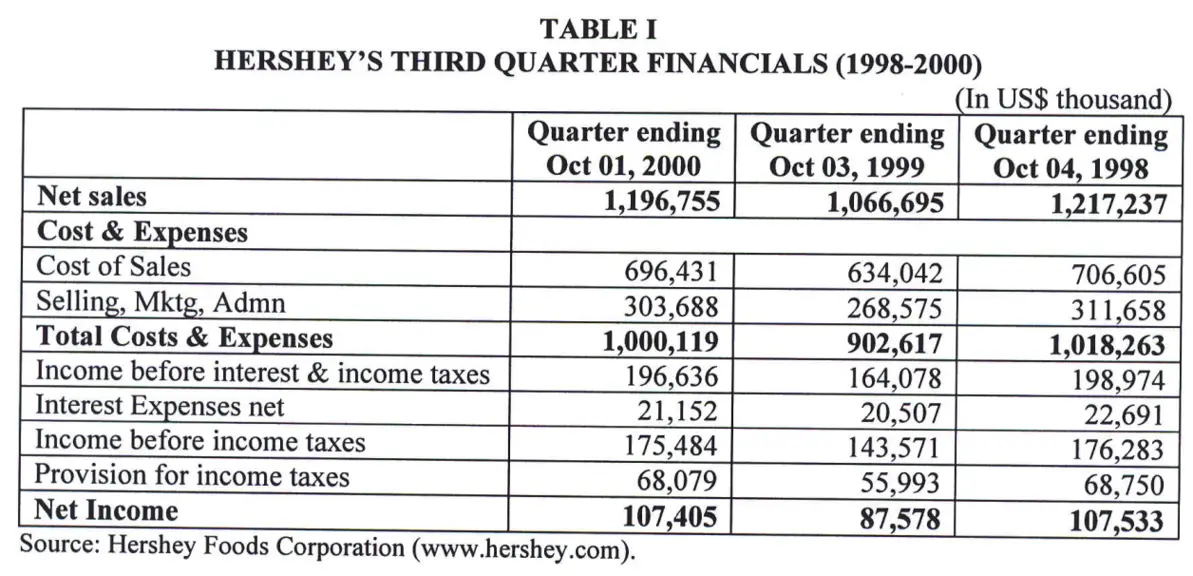
The company’s stock price fell over 8% and was even reported in the Wall Street Journal.
Hershey’s case study illustrates the importance of properly testing new ERP systems. It also highlights the risks of migrating from legacy systems.
If your company is facing a similar decision, Spinnaker Support can extend the lifespan of your legacy ERP system with comprehensive third-party support services for as long as needed. You can move on your own implementation timeline without being forced into one.
2. National Grid
National Grid is a gas and electric company that serves customers in New York, Rhode Island, and Massachusetts. The company wanted to replace its legacy system with a new ERP to streamline its operations.
What happened?
The company’s new ERP system was set to go live on November 5, 2012, just a week after Hurricane Sandy. Missing the date would result in $50 million in cost overruns and require additional approval from the Utilities Rate Commission, pushing production back five more months. The new system wasn’t ready, but National Grid pressed on.
The results were disastrous.
Some employees were underpaid or overpaid (and some not at all). The company spent $8 million on overpayments and paid $12 million in settlements due to short pay and inaccurate deductions. In addition, National Grid couldn’t process over 15,000 vendor invoices.
It took National Grid four days to close their books, but that jumped to 43 days with the new SAP system. As a result, National Grid lost many short-term borrowing opportunities that they relied on for cash flow.
Financial losses
The ERP implementation failure cost National Grid a staggering $585 million when factoring in the remediation effort the company put in to fix its systems — the company hired around 850 contractors to fix its systems at over $30 million a month.
National Grid filed a lawsuit against Wipro, the IT consultancy in charge of the system, in November 2018, claiming that they failed to:
- Prepare design documents and build a system according to industry standards
- Inform the company of problems detected
- Convert National Grid’s legacy data into the new system
Wipro paid National Grid $75 million to settle a lawsuit over the botched ERP implementation.
3. Revlon
Revlon is a multinational cosmetics company with a portfolio of over 15 brands. The company wanted to implement a new ERP system to improve efficiency and reduce costs.
What happened?
Revlon was previously using Microsoft Dynamics AX as their ERP. In 2016, the company acquired Elizabeth Arden, which was using Oracle Fusion Applications.
Revlon opted for a new provider, SAP S/4HANA, to integrate processes across all business units. However, issues with the new ERP prevented their own North Carolina manufacturing facility from fulfilling $64 million in orders.
Financial losses
The company reported a $70.3 million net loss in 2018.
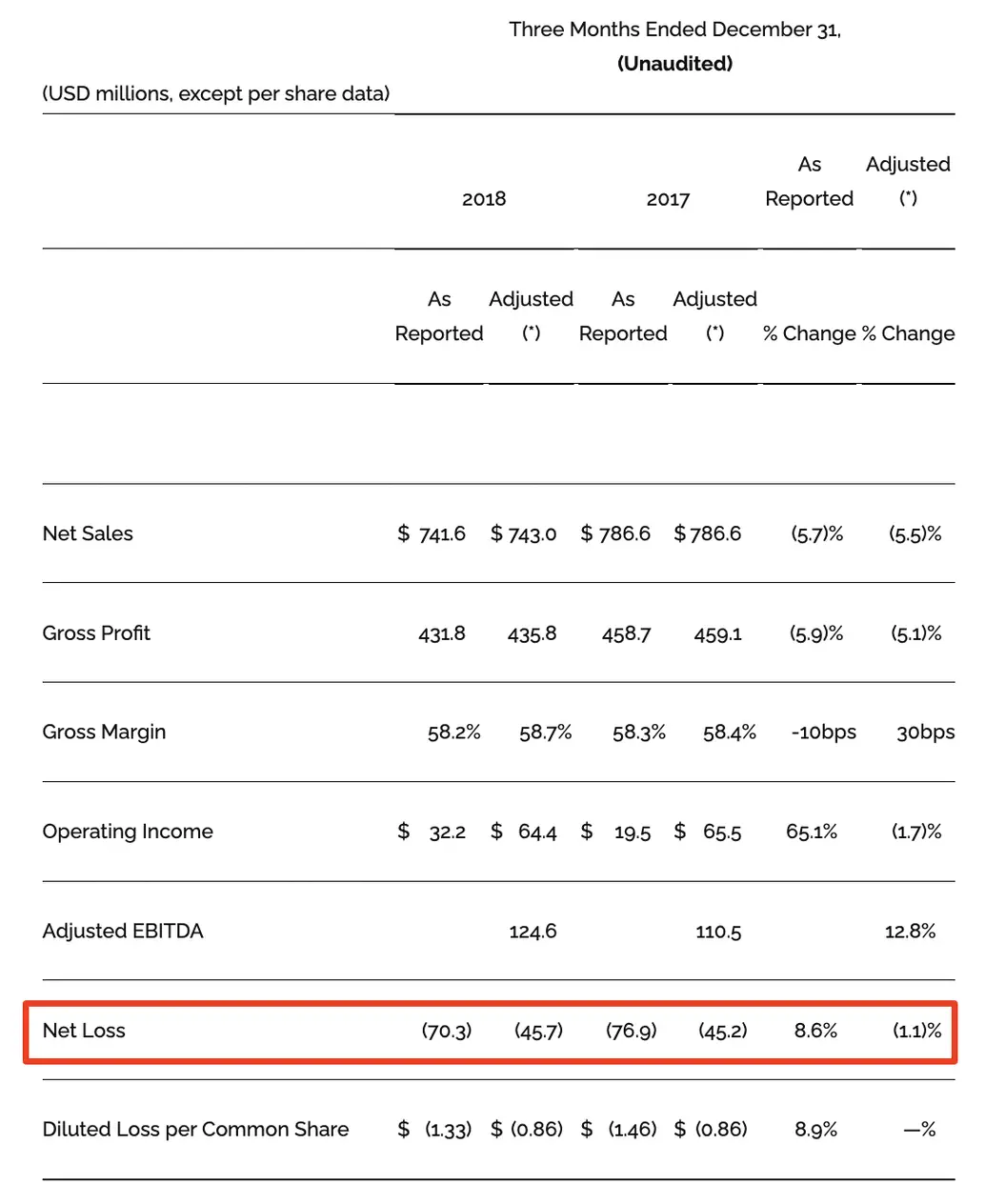
Revlon’s stock price fell 6.4%, which caused company shareholders to file suit.
One of the contributing factors behind the ERP implementation failure is that Revlon didn’t have experience with SAP. A “lack of design and maintenance of effective controls” also contributed to ERP processes not working as intended.
4. J&J Snack Foods
J&J Snack Foods is an American manufacturer and distributor of popular snacks and frozen beverages, like SuperPretzel, ICEE, and Dippin’ Dots. The launch of a new ERP system resulted in significant operational disruptions.
What happened?
The company used Oracle’s JD Edwards for its frozen beverages division but switched all departments to the same platform. The goal was to streamline processes across production, inventory management, and order fulfillment.
The implementation was planned in the second fiscal quarter but was plagued by “temporary operational, manufacturing and supply chain challenges,” according to CEO Dan Fachner in an earnings call.
Financial losses
The ERP implementation failure caused J&J Snack Foods to lose $20 million in sales — $7 million of which was due to manufacturing, operations, and production disruptions. The company reported a $4.5 million loss in operating income.
It’s worth pointing out that the frozen beverage department, which was already using JD Edwards, was not impacted by the implementation. Spending more time in the pre-implementation phase could’ve helped J&J Snack Foods ensure a smoother rollout.
5. MillerCoors
MillerCoors is a brewery based in Chicago. At one point, MillerCoors was running seven different instances of SAP ECC. The company hired HCL Technologies, an Indian tech company, to create a more unified SAP environment.
What happened?
Shortly after awarding HCL the project and transferring a work order, MillerCoors expressed concerns with the quality of the implementation. HCL issued a new work order, which extended the time frame and increased the implementation costs by $9 million. However, changing the project’s scope barely did anything to fix the issues.
The initial phase went live in November 2015, a month later than planned.
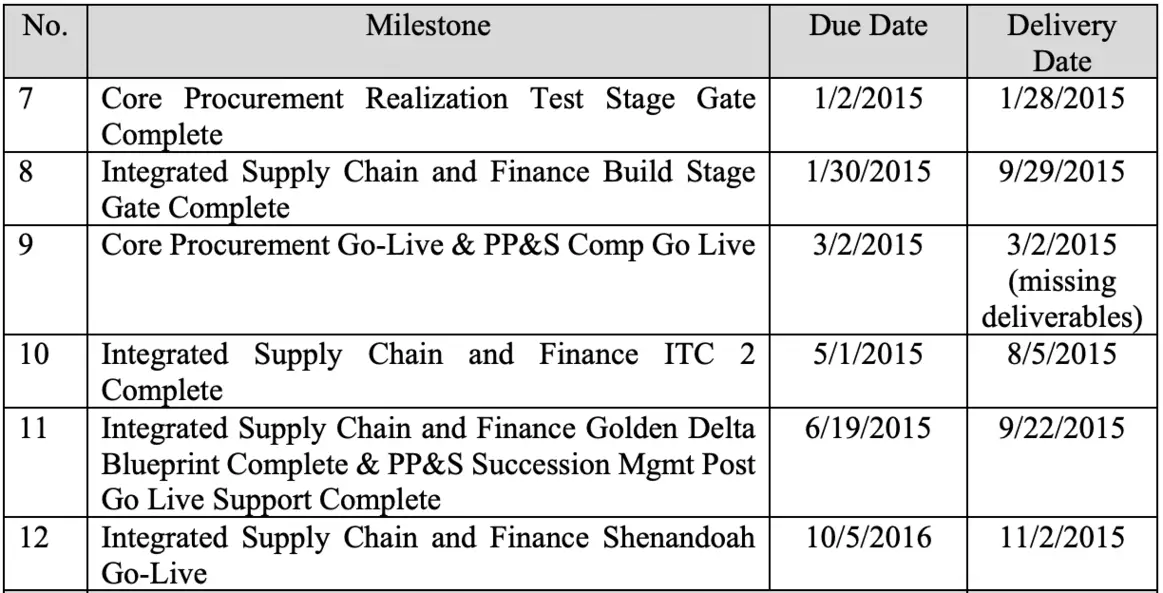
However, a lawsuit revealed that the first rollout contained 80 defects, including eight of “critical severity” and 47 of “high severity.”
In June of 2016, MillerCoors terminated their contract with HCL and sued for $100 million in damages, stating that “HCL was unable to adequately staff the project and maintain the project schedule.”
Why ERP implementation projects fail
We’ve examined some of the biggest ERP implementation failures in different industries, costing companies millions of dollars. What were some of the underlying factors behind these failures? And how can you prevent similar missteps with your own implementation?
Here are the top reasons why such projects fail and key takeaways for each.
1. Rushed implementation timelines
The graphic below illustrates each step of the implementation process:
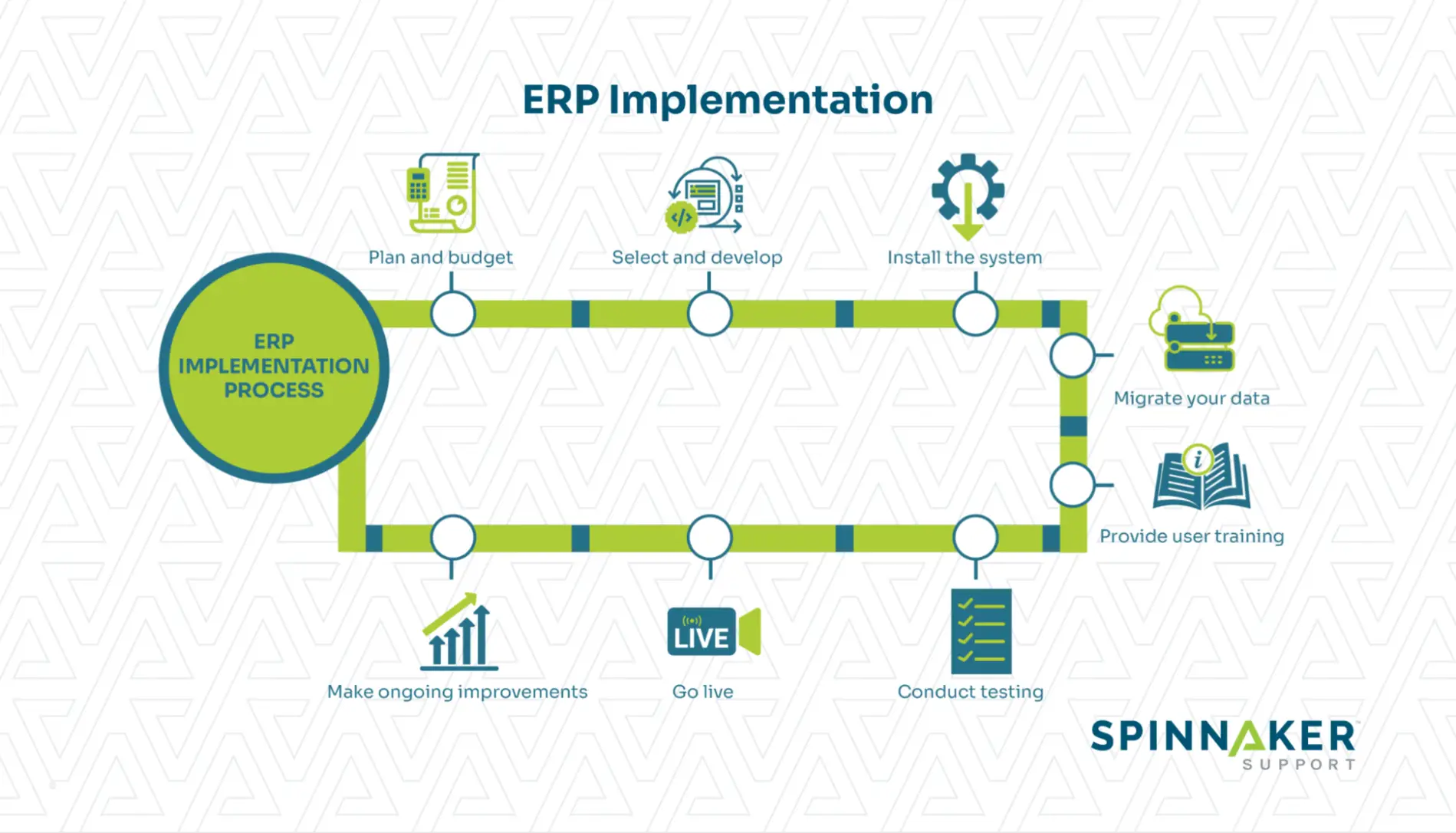
Rushing through the process can create a misalignment between the ERP system and the organization’s needs. As we’ve seen with the Hershey Company, it can also lead to compromises in testing, training, and change management.
Key takeaways:
- Implement an ERP in phases: Taking a “Big Bang” approach can overwhelm your team and cause even bigger issues. Instead, divide the implementation into shorter phases. This allows you to focus on specific modules at a time.
- Postpone an ERP implementation project: An ERP system is a sizable investment. While you want to launch as soon as possible, delaying the go-live date is far better than launching a system riddled with issues and bugs.
2. Lack of sufficient software testing
Insufficient testing is a common theme for many failed ERP implementations. In the lawsuit National Grid filed against Wipro, the company made the following statement:
- “Wipro failed to follow standard testing protocol, including the design and development of testing scripts that would detect bugs in the system, functionality gaps, and other design flaws.”
The financial losses that National Grid faced demonstrate the importance of proper software testing throughout the ERP implementation process. Compromises in this area can lead to significant setbacks like operation disruptions and decreased productivity.
Key takeaways:
- Prepare a test environment: Test the integration between different modules to ensure they work together and data flows properly. You should also conduct functionality tests to verify that the system performs as expected.
- Conduct user acceptance testing (UAT): Don’t just stop with functional tests. Make sure to involve end-users to ensure the system meets their requirements. Allow them to perform real-life scenarios and encourage feedback to improve usability.
3. Inexperienced ERP implementation partners
ERP implementations are extremely complex, so companies often work with consultants to help. But as we’ve seen with National Grid and MillerCoors, working with the wrong partner can doom an ERP project before it starts.
Key takeaways:
- Work with an experienced implementation partner: Experienced partners bring valuable expertise. At Spinnaker Support, we understand the complexities and challenges involved in ERP implementations. We provide tailored solutions that align with your company’s needs.
- Look for a company that can help lower support costs: Companies like SAP and Oracle regularly increase support costs. With Spinnaker Support, we can help you reduce support costs by as much as 60%.
4. Poor change management
Upgrading or migrating to a new ERP isn’t easy. 30% of companies with successful ERP implementations described organizational change management as difficult.
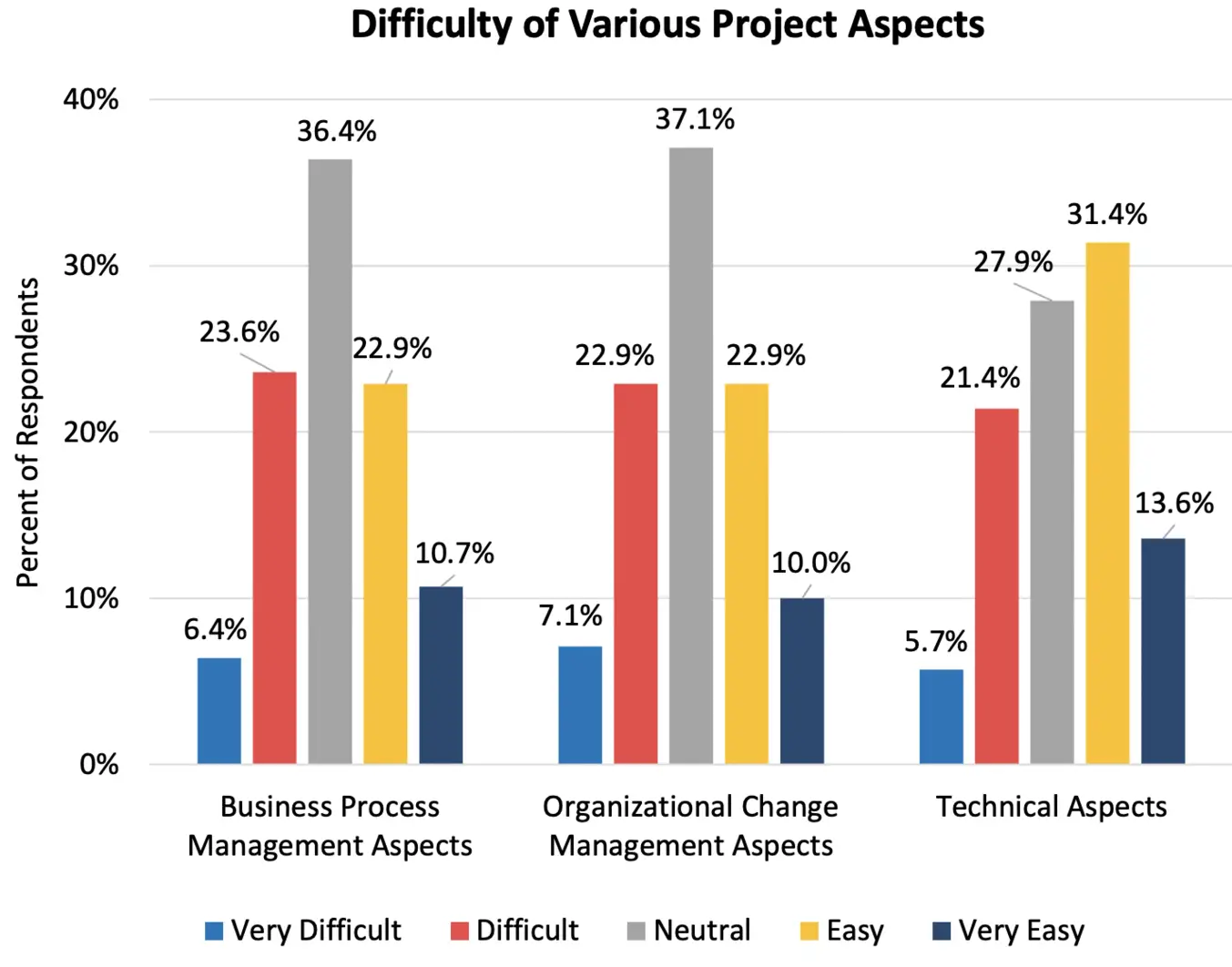
Change management is the process of facilitating new changes. This means providing employees with the necessary resources for ERP implementations to transition. However, poor change management can result in strong user resistance.
Key takeaways:
- Involve employees from the start: Clear communication is vital in managing new changes. You can build trust and reduce uncertainty by keeping employees informed about the ERP implementation. Seeking their input can also help to increase buy-in.
- Provide ongoing support: Provide comprehensive training to employees to equip them with the skills and knowledge needed to get the most out of the new ERP system.
5. Inadequate resources
ERP implementations require significant human and financial resources.
Not allocating enough resources to a project of this scale is another common reason ERP implementations fail. Organizations can also struggle to configure their ERP system and address technical issues without a dedicated team with the right skills.
Key takeaways:
- Set a sufficient budget: Set a realistic budget to cover all aspects of the ERP implementation project — software licenses, hardware upgrades, training programs, and post-product support.
- Work with a third-party support provider: Consider working with a third-party support provider like Spinnaker Support to fill any skills gaps. Our experienced team offers expertise that may not be available in your company internally.
Conclusion
ERP systems can completely transform how your company operates. However, poor planning and insufficient testing can lead to a costly ERP implementation failure. The good news is you don’t have to face an ERP implementation project alone.
Spinnaker Support offers a full range of enterprise software services. Our experts can assist with ERP support after it’s implemented and provide tailored solutions that align with your company’s needs.
We can also increase the lifespan of your existing ERP system. If SAP is trying to get you to upgrade to SAP S/4HANA, you can migrate on your own schedule and reduce support costs while you decide if it’s right for your company.
Contact us today to learn more about our third-party support services.


